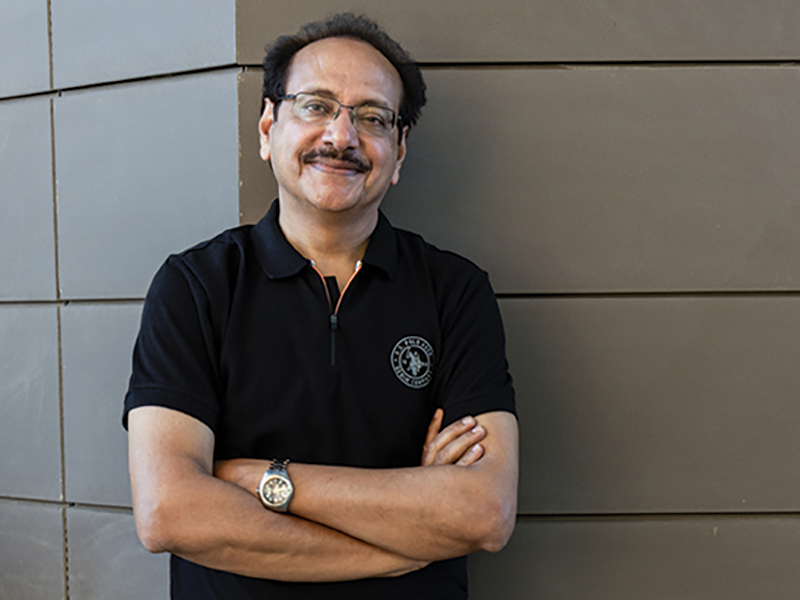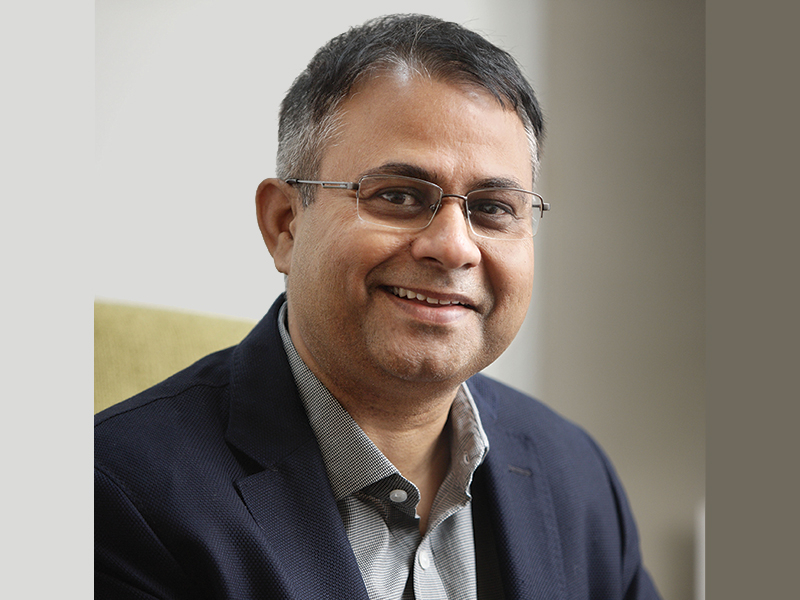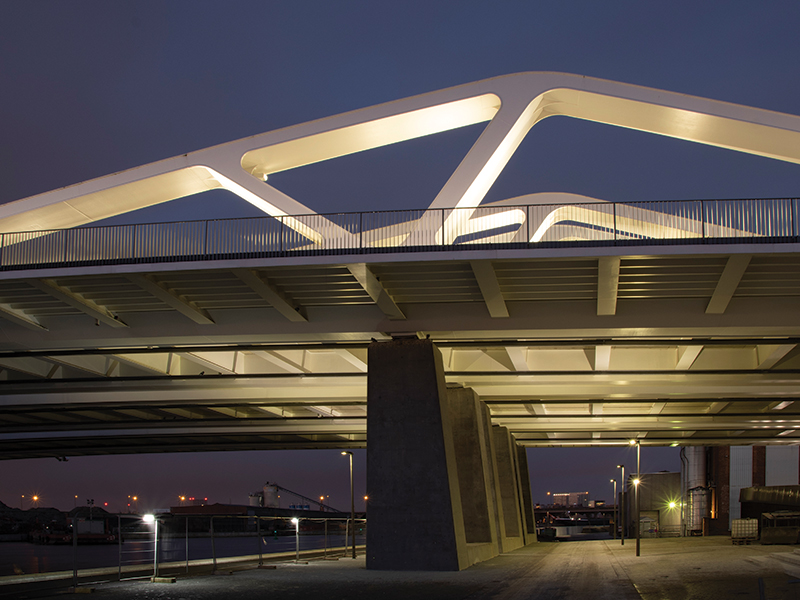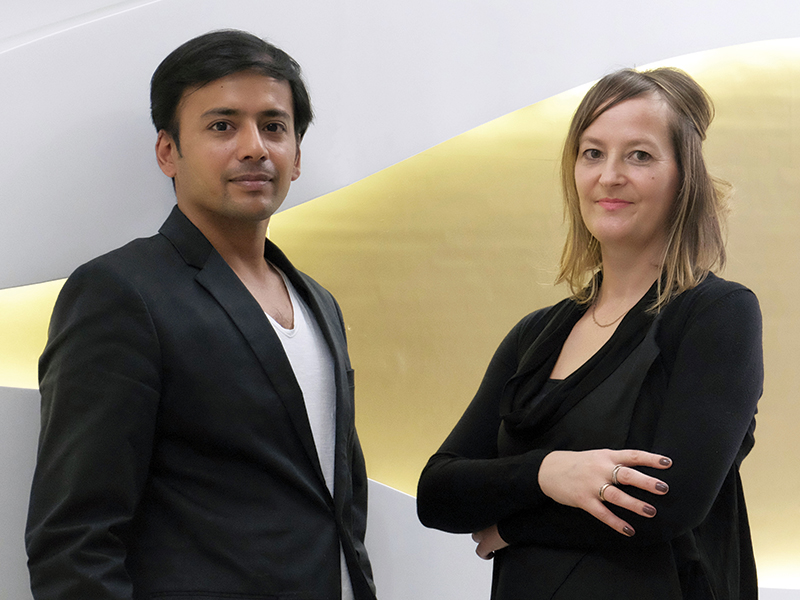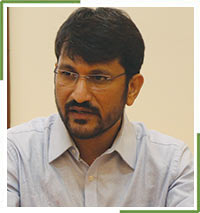
Photo Credit: Jatan Atara
"We have to make the right choice for our today and tomorrow for a better livable future." Ar. Nilesh Gandhi, Metadesign (India) Pvt. Ltd.
There is so much noise about green, that as advocators of green, we are continuously working to make sure that this revolution does more good than bad. While a lot of issues are emotionally driven, and there are a lot of debates and discussions on the pros and cons, the facts and figures are convincingly inclined towards necessitating sustainable development.
Environmentally responsible design is not rocket science and is more than just a trend.
An environmentally responsible design directly/indirectly creates a less damaging impact on the environment as a whole. The theory of the planet being finite and the ever increasing population putting immense pressure on natural resources, pushing us towards breaking point, where the balance of the earth would collapse, is an inescapable truth.
As designers, we have to be responsive to the climatic considerations towards the geographical location of a project, else, we will end-up paying through our nose to maintain the human comforts (the benchmarks of which itself are on the rise!). The luxuries of yesterday are the necessities of today, and tomorrow's existence seem to be impossible without today's luxuries. Environmental responsibility would not germinate without questioning and reasoning the need for the development in the first place. While we are defining our needs on account of social, and/or aspirational growth factors, we need to pause and ask: Does the project really need this/that?
Curtailing development to the optimum required level with a forecast for future expansion and without affecting the function, planning spaces for effective utilization of every cubic unit of volume, is the key starter towards achieving sustainability, for instance (while the predominant orientations have to be taken care of mandatorily), exploring natural cooling methods and options before simply super imposing mechanical cooling systems. The mention of thermal cooling here is important because of the weightage it has on the overall energy consumption in a building. We have to adapt to a greener lifestyle and this belief would drive down to every action and choice we make.
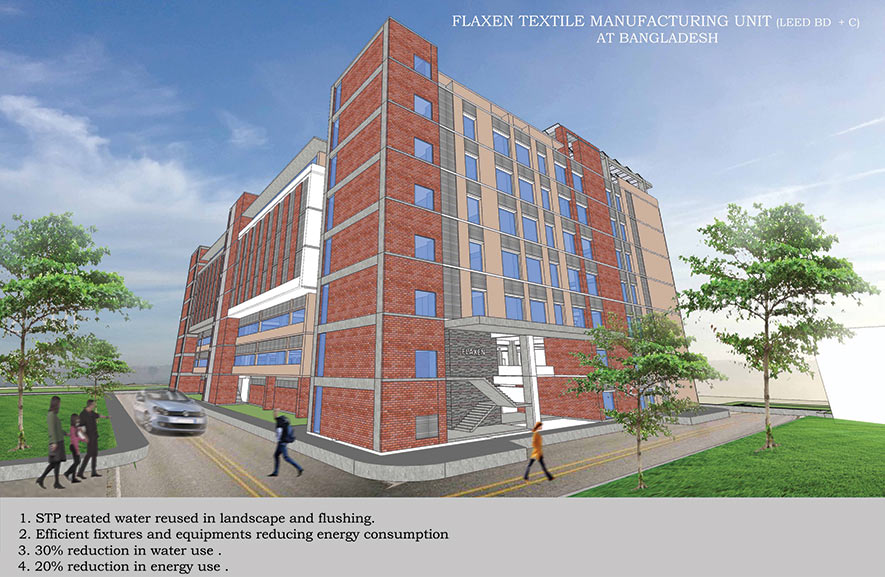
Judicious choice of materials and solutions is our responsibility
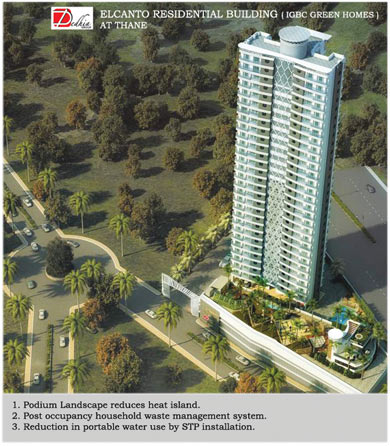
Sometimes, we blindly adopt materials of the western world that have no relevance or significance in our culture, surroundings, or even our functional requirements. Many times, we try to play safe and hide behind the choices of others in order to justify our own actions. This 'me too' strategy has a limited shelf life and almost kills the creative designer within us. As humans have evolved over the ages, so have materials, and while we have invented these materials, there ought to be an obvious choice towards materials that are bio-degradable and cause less harm to the environment in the short or long-term. Materials that evolve along with consuming natural resources, but which, within a reasonable period of time, are replenished back to the life-cycle, and which complete the 'cradle to cradle' approach, have to be one of the top most material selection criteria.
Choice of technology is comparably easier to make
We have seen an immense development in technology which has aptly been used to increase our efficiencies across sectors. While the building construction sector has adopted technology in some areas, the most important and critical aspects of time and cost savings have yet to adopt technological advancements. Our projects seldom finish on time and rarely within the budgets.
The drive to adopt a time or cost-saving technology is surprisingly absent. Probably, because we rarely question the value of our own time, hence, there is a resistance and inertia in adopting or exploring, for example, a pre-fab technology. The commitment towards today's savings, and turning our back towards expensive propositions leading to tomorrow's saving, is so deeply rooted in our ideology, that we are not even aware of our penny wise pound foolish choices.
The IOT and building management systems have changed the way we perceive, manage, and control our real estate. Technologies like CCTVs, dimming, lighting controls, biometrics, access controls, fire/gas leak detections, automated water level indicators, variable frequency drives, intelligent water and energy meters, motorized equipments, etc, have become more user-friendly than elitist, and are slowly but steadily approaching the bottom of the pyramid.
The choice of technology is comparably an easier choice to make, since the results of a technological adaptation are experienced immediately. Would recommend this with a word of caution though, since it is important to not go overboard and always make judicious choice of the right platform in sync with the project requirements, and having sufficient redundancies.
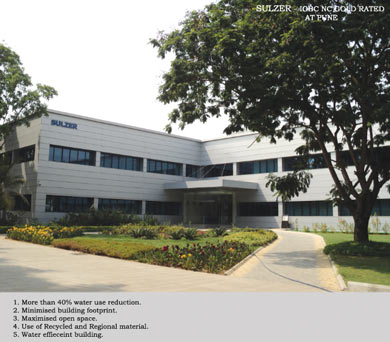
No discussion on an environmental subject would be complete without sustainable solutions like Solar and Wind energy, Rain Water harvesting, Solid waste management, Reed Bed systems, Sewage Treatment Plants, Waterless Urinals, Precast concrete members, Rubber wood, Bamboo, cork, use of Agrifibres in ceiling materials, et al. A fine blend of climatological orientation, use of eco-friendly materials along with the choice of apt and essential technology, is by far a workable recipe for the making of a structure which is a boon to the environment, humane to the occupants, and defined as 'green in nature'.

